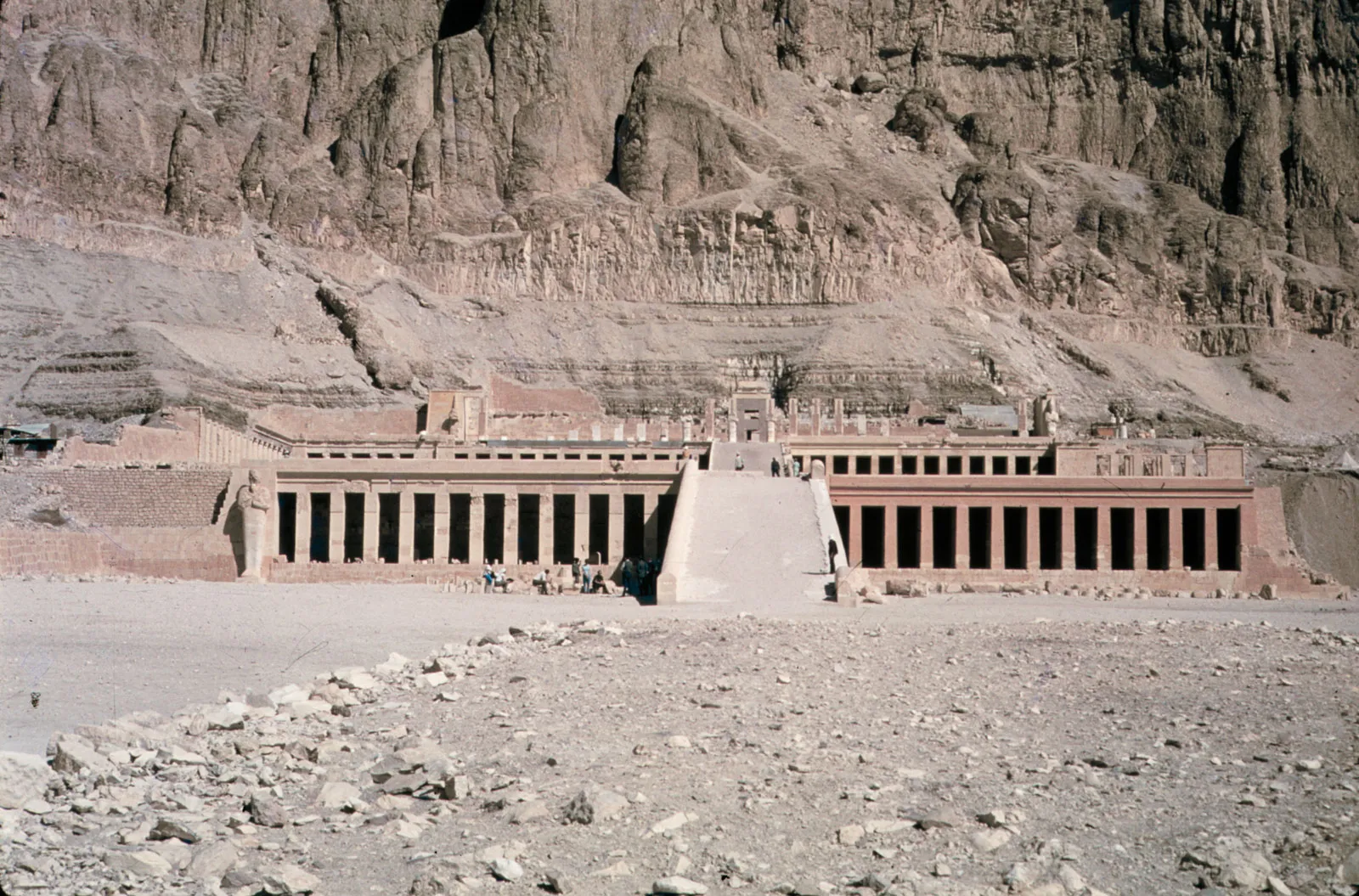Journeying Through Time: Exploring the Fascinating History of Egypt’s Middle Kingdom
Prepare to embark on a captivating journey through the annals of ancient Egyptian history as Top Ten Egypt unveils the remarkable era known as the Middle Kingdom. Spanning from approximately 2055 to 1650 BCE, this period is renowned for its political stability, cultural achievements, and significant advancements in art, architecture, and administration. Join us as we delve into the rich tapestry of the Middle Kingdom, a time when Egypt flourished as a formidable civilization.
From the rise of the Eleventh Dynasty to the reign of the pharaohs of the Thirteenth Dynasty, the Middle Kingdom marked a transformative period in Egypt’s history, where innovation thrived and the arts and intellectual pursuits were celebrated. Let us uncover the grandeur and legacy of this golden age, which continues to captivate historians and visitors alike.
Rebirth and Expansion: The Birth of the Middle Kingdom
The Middle Kingdom emerged following a period of political chaos known as the First Intermediate Period. It was during the Eleventh Dynasty that Mentuhotep II, also known as Nebhepetre, successfully reunited Upper and Lower Egypt, thus heralding the beginning of this glorious era. Nebhepetre’s reign not only brought stability to the land but also set the stage for Egypt’s cultural and artistic reawakening.
Nebhepetre’s successors, particularly the pharaohs of the Twelfth Dynasty, expanded Egypt’s influence beyond its borders, engaging in trade with neighboring regions and forging diplomatic alliances. This era witnessed successful military campaigns and the establishment of colonies in Nubia, reaffirming Egypt’s power and prosperity.
A Flourishing Civilization: Art, Architecture, and Literature
The Middle Kingdom was a period of cultural enlightenment and artistic achievement. It witnessed a renaissance in art, characterized by lifelike sculptures and vibrant murals that adorned temples, tombs, and royal residences. The artisans of this era introduced new techniques, showcasing a remarkable level of attention to detail and realism.
Architecture flourished during this period, with the construction of magnificent structures such as the White Chapel of Sesostris I and the famous mortuary complex of Amenemhat III at Hawara. These architectural marvels reflected the grandeur of the Middle Kingdom and highlighted the pharaohs’ desire to leave a lasting testament to their rule.
The Middle Kingdom was also a time of literary excellence. The renowned literary work, “The Tale of Sinuhe,” originated during this era, providing a glimpse into the lives and aspirations of the ancient Egyptians. This captivating narrative serves as a testament to the rich cultural heritage and intellectual pursuits of the time.
Ma’at and Political Stability: The Governing Principles of the Middle Kingdom
The Middle Kingdom witnessed unprecedented political stability and a focus on the concept of Ma’at, the ancient Egyptian principle of balance and harmony. Pharaohs of the era sought to maintain justice, fairness, and order within the kingdom, ensuring the well-being and prosperity of their subjects.
The pharaohs centralized their rule and introduced administrative reforms, establishing a robust bureaucracy to manage various aspects of governance efficiently. The advent of regional governors, known as nomarchs, played a pivotal role in maintaining cohesion across the kingdom.
Legacy and Influence: The Enduring Impact of the Middle Kingdom
Though the Middle Kingdom eventually came to a close with the advent of the Second Intermediate Period, its legacy endured through subsequent eras of Egyptian history. The political and administrative systems developed during this period laid the foundation for the New Kingdom, where Egypt would again thrive as a dominant power.
The artistic and architectural achievements of the Middle Kingdom also influenced later periods, inspiring generations of artists and craftsmen. The concepts of Ma’at and the pursuit of harmony continued to shape Egyptian society and ideology, establishing enduring cultural norms and ethical principles.
As we conclude our exploration of the Middle Kingdom of Egypt, we are left in awe of its remarkable contributions to history, art, and culture. This period, characterized by political stability, artistic renaissance, and the pursuit of harmony, continues to fascinate historians and tourists alike. Let us embrace the legacy of the Middle Kingdom, celebrating its enduring influence on Egypt’s rich cultural tapestry. Whether through the intricate sculptures, the surviving literary works, or the awe-inspiring architectural masterpieces, the Middle Kingdom’s grandeur serves as a testament to the enduring spirit and greatness of ancient Egypt.



Comment (0)